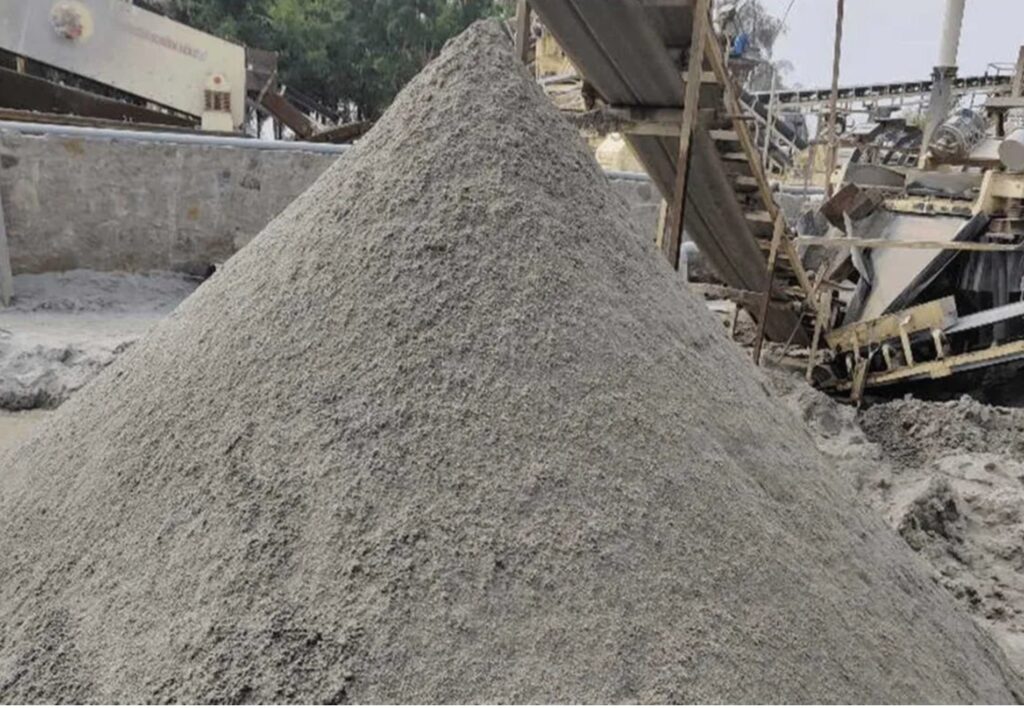In an increasingly unpredictable world, the importance of highly trained security guards cannot be overstated. These professionals serve as the frontline defense in safeguarding people, property, and assets. Their presence not only deters criminal activity but also provides a sense of safety and peace of mind for businesses, residents, and event organizers. Superior safety hinges on the quality of security personnel, making the need for comprehensive training and rigorous standards essential. The role of a security guard extends far beyond the stereotypical image of a uniformed figure standing watch. Today’s security guards are trained in a myriad of skills that make them versatile and highly effective in various situations. Their training encompasses physical fitness, self-defense, emergency response, and the use of technology. Physical fitness is crucial as it enables guards to respond swiftly and effectively to potential threats. Self-defense training equips them with the skills to protect themselves and others from physical harm.
Emergency response training is a cornerstone of security guard preparation. Guards must be adept at handling a range of scenarios, from medical emergencies to fire outbreaks and active shooter situations. This training ensures that they can act decisively and calmly under pressure, providing crucial assistance before emergency services arrive. Moreover, security guards are often trained in first aid and CPR, enabling them to provide immediate medical attention if necessary. The use of technology in security operations has grown exponentially in recent years. Security guards are now proficient in operating surveillance systems, access control mechanisms, and communication devices. Surveillance systems, including CCTV cameras and alarm systems, are vital for monitoring premises and detecting suspicious activity. Guards are trained to interpret surveillance footage and respond appropriately to any anomalies. Access control mechanisms, such as biometric scanners and electronic key cards, require guards to manage entry and exit points effectively, ensuring that only authorized individuals have access to restricted areas.
In addition to their technical skills, highly trained security guards possess strong observational and interpersonal abilities. They are trained to be vigilant, noticing details that might escape the untrained eye. This keen sense of observation helps in identifying potential threats before they escalate. Interpersonal skills are equally important, as security guards often interact with the public. Effective communication can de-escalate tense situations and ensure that security protocols are understood and followed. Another critical aspect of Hammer Head Security guard training is understanding and adhering to legal and ethical guidelines. Guards must be familiar with the laws relevant to their duties, including regulations regarding the use of force and privacy rights. Ethical conduct is paramount, as security personnel often deal with sensitive information and situations that require discretion and integrity. The presence of highly trained security guards significantly enhances the overall safety of any environment. Their ability to prevent and respond to incidents reduces the risk of harm to individuals and property.

